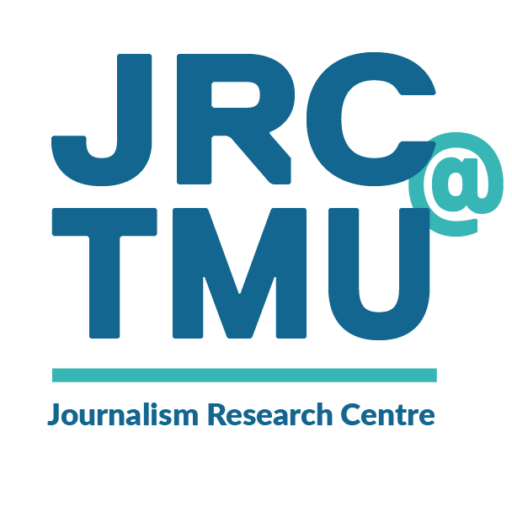December 11, 2011
By NAKITA SINGH HANS
STAFF REPORTER
Research shows that students are often more interested in the grade on their paper than the comments or corrections in the copy, says a Ryerson journalism professor who is researching an alternative marking method that may help students learn from their mistakes.
“Teachers and professors talk a lot about students’ grammar and punctuation skills,” said Anne McNeilly, an assistant professor at Ryerson’s School of Journalism and the recipient of an $8000 grant for her research on ways to improve students’ written language proficiency.
McNeilly said journalism students, who are often drawn to the field because of overall proficiency in English, can have weak grammar skills, and many say they have never received, or don’t remember receiving, instruction in language mechanics.
“It’s not uncommon for a two or three page paper to have as many as 10 or 20 grammar and punctuation errors,” McNeilly said. “Students at the university level have told her they feel “ashamed” of the fact they don’t know how to use a comma or quotation marks. “But if they’ve never been taught, how can they possibly know? “
She said the alternative marking method may also enable faster retention of rote-memory material, such as Canadian Press style, which is necessary for first-year journalism students to learn before moving on in the program.
“In this method you don’t actually correct mistakes, you merely indicate at the end of a line that there is a problem, which the student must find and correct before receiving his or her grade.”
McNeilly said it makes “intuitive sense” that students who must figure out what they did wrong, and then correct it before they receive their grade, are going to retain material better, and faster, than getting the paper back and just focusing on the mark, and how it compares with the marks earned by their friends.
McNeilly received the grant from Ryerson’s Learning Teaching Enhancement Fund, which is distributed to university researchers who want to find effective new strategies to aid student learning. Part of her project also involves comparing the grammar skills of journalism students with students in a variety of disciplines.
Journalist and colleague Lisa Taylor, who will work with McNeilly on the project, said she has also found that students can be more focused on their marks than the corrected mistakes. “People want to know what their final mark is, nothing more,” she said. In an effort to be helpful, she added, “we cover papers in a sea of red pen and sometimes I think that is just too disheartening to start to pick through.”
“In first year, you will see people making CP errors in September, but they are still making the same mistakes at the end of March that just don’t go away. So we’ve been trying to figure out how we can resolve this issue quickly,” Taylor said.
McNeilly said the alternative marking concept was first introduced as a way to reduce marking time for teachers, although, so far, she says she has found it to be more time consuming since it involves going through a paper at least twice, rather than just once. But the study also aims to determine whether it will be more efficient over time as students improve and make fewer errors.
Some research, she noted, even suggests that grades in conjunction with feedback can actually have a negative motivational effect in helping students develop writing capability because all the notes on the page can cause them to become discouraged.
